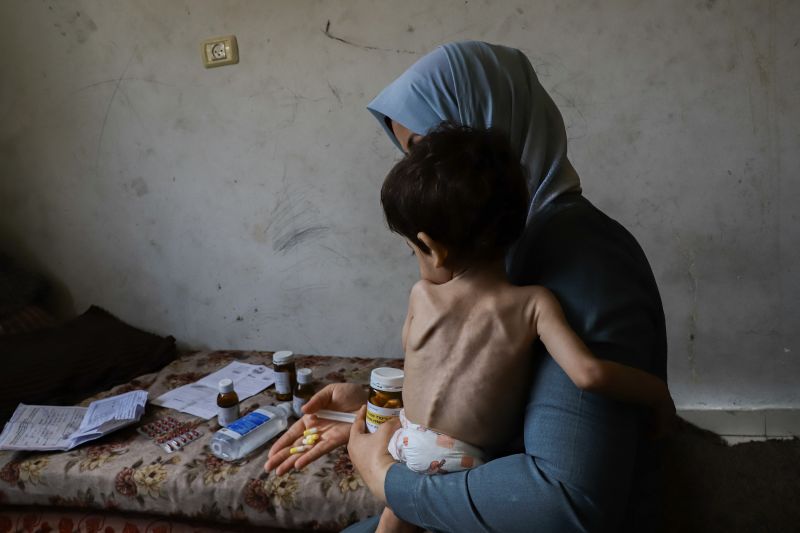
Gaza Teetering on Brink of Famine: Alarming Hunger Crisis Uncovered in Recent Report
The Gaza Strip, home to almost two million people, is displaying distressing signs of a catastrophic food crisis, according to a recent analysis. The report shows over half the population is at risk of famine, leading to emergency levels of hunger that call for urgent international intervention.
The population in Gaza has been suffering from a long-term blockade that’s impeded the flow of goods and services into the area. Coupled with internal political struggles and drawn-out conflict, these socioeconomic determinants have led to the current state of food insecurity affecting the most vulnerable, especially children and women.
A revolving cycle of conflict and economic stagnation has trapped the citizens of Gaza into a spiral of poverty, unemployment, and food insecurity. According to the United Nations, the local unemployment rate stands at an alarming 50%, one of the highest in the world. The blockade has decelerated the economy, as businesses struggle to import raw materials, and export finished goods, causing a disruption of income for the local population.
As economic conditions continue to deteriorate, access to basic needs such as food has become more difficult for the majority of the populace. The World Food Programme reports that more than one million people, approximately 55% of the Gaza population, face moderate to severe food insecurity. They live a hand-to-mouth existence, with each day being a struggle to secure a meal for themselves and their families.
At the heart of Gaza’s food insecurity is a compromised agricultural system. Restricted entry of fertilizers and other requisite agricultural inputs, along with limited availability of arable land, has influenced crop yields, disproportionately affecting the supply of fresh produce in the region. Furthermore, the local fishing industry is also stifled due to imposed limitations on fishing boundaries, which in return has debilitated the livelihoods of thousands who depend on it.
An added factor contributing to the food crisis is the population’s limited access to clean water. Gaza’s only natural water source, the Coastal Aquifer, is severely depleted and 96% of it is not fit for human consumption. The lack of potable water has implications on food security, as it not only hampers agriculture but also contributes to malnutrition and susceptibility to diseases.
Nutrition interventions are direly needed. It has been noted that stunting, indicative of chronic malnutrition, affects approximately 10% of children in Gaza, a clear testament to the implications of ongoing food insecurity. Additionally, micronutrient deficiencies are common, notably in women and children, increasing their vulnerability to
